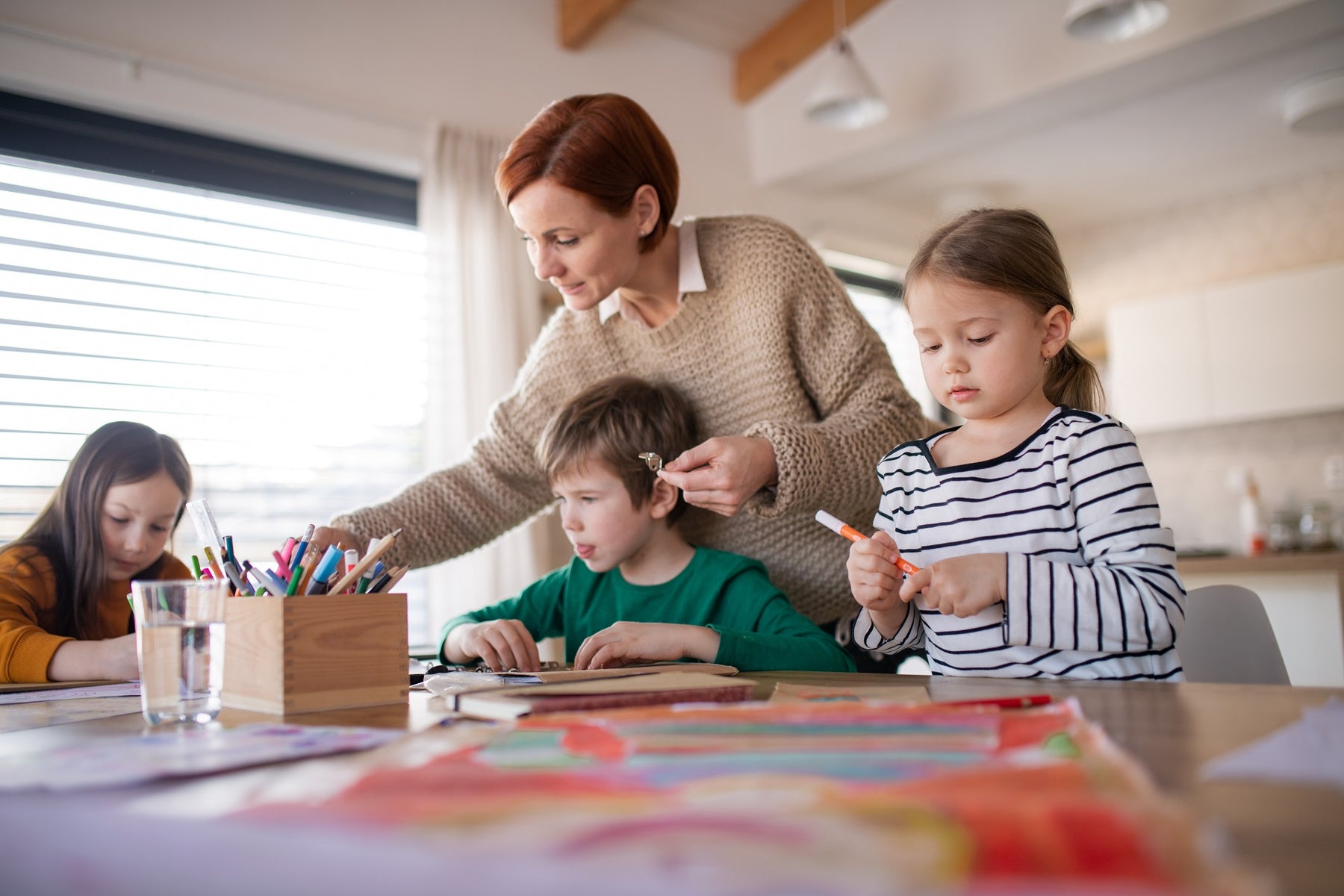
What exactly is Occupational Therapy for Children?
Occupational Therapy is a health profession that understands the abilities of an individual, in order for them to engage in meaningful daily activities (or “occupations”). These may include work, self-care, social events, hobbies or play.
A Paediatric Occupational Therapist (OT) works specifically with children and adolescents, to support their capacity to learn and play.
An OT working with children will support foundation skills including:
- Gross motor skills; movements requiring coordinated movement of the large muscles in the trunk, arms and legs such as running and jumping;
- Fine motor skills; use of the muscles in the forearms, wrists, hands and fingers for activities such as cutting and writing;
- Social interactions; skills required to communicate and engage with others such as speech, body language and gestures;
- Regulation; the ability to balance one’s level of calmness and alertness to match the task at hand. For example, a child’s nervous system would ideally be calm, with a high level of alertness, to be able to optimally learn a new concept in the classroom;
- Sensory processing differences; the way a child processes input received through their senses (i.e, sight and sound) and responds to this information;
- Visual perception skills; the ability to process and interpret visual information to assist with reading and writing.
By supporting these foundation skills, a child can optimally engage in daily occupations related to learning and play. Specifically, a child’s “occupations” include:
- Self-care, such as getting dressed, cleaning teeth, brushing hair;
- Eating;
- Play such as navigating a playground, or interacting with peers;
- Listening to and following instructions;
- Reading and writing.
OT’s work with children directly, as well as their careers, educators and additional support people around the child. This holistic approach ensures skills learned in OT sessions can be transferred across different environments and situations.
Given children’s interest in play, OT’s incorporate play, toys and child-friendly equipment into sessions to make therapy as engaging and meaningful for the child as possible.
